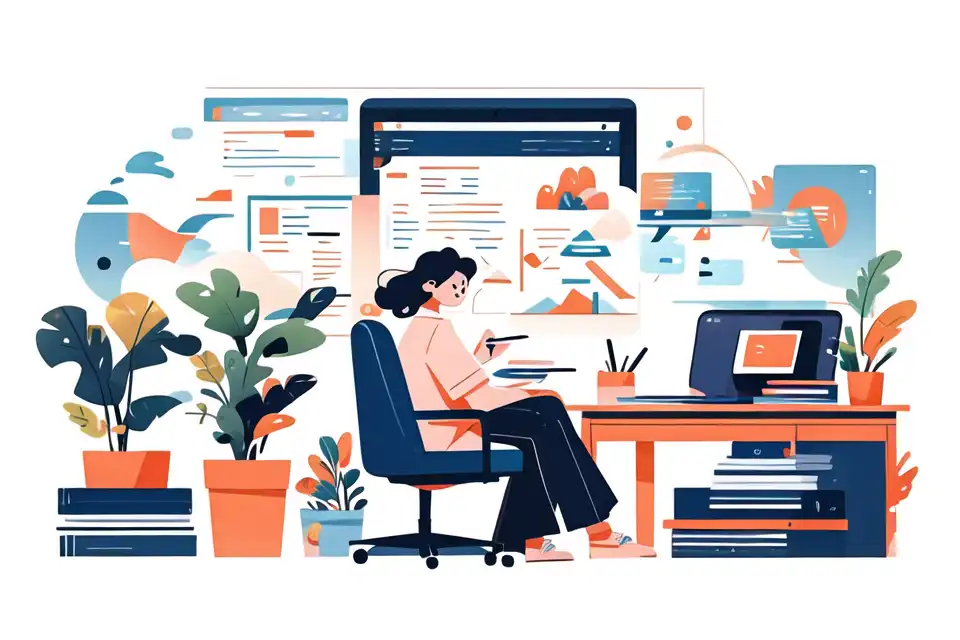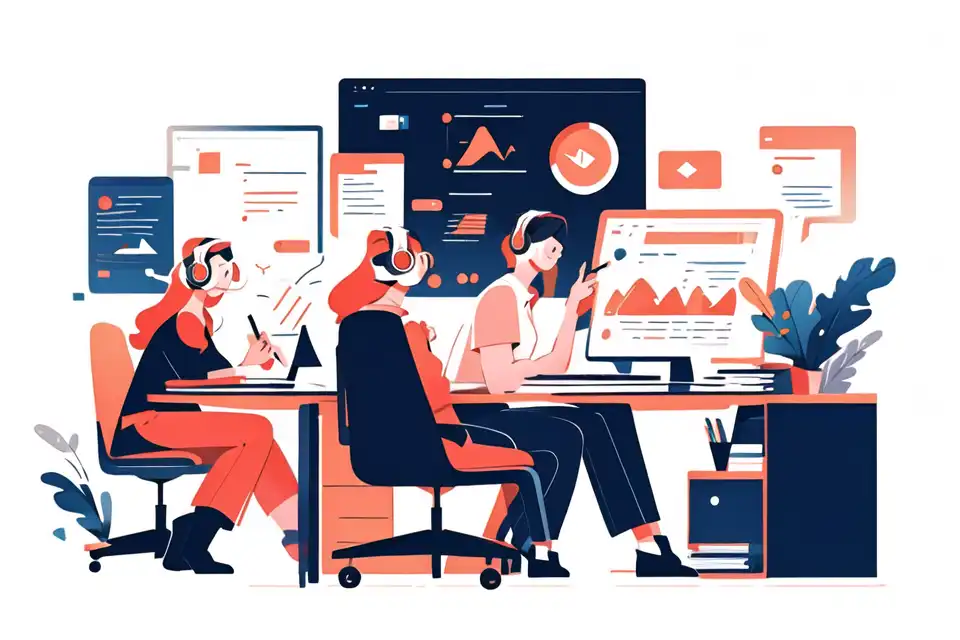How to Discuss Office Etiquette Professionally
Master the art of professional communication in business settings with expert guidance. Learn how to discuss office etiquette professionally.
Try Lark for Free
A harmonious work environment is key to both individual and collective success within an organization. Establishing and adhering to professional etiquette in the workplace fosters mutual respect, enhances communication, and contributes to overall productivity and job satisfaction.
Why understanding professional etiquette matters
Professional etiquette encompasses a wide array of behaviors and practices that contribute to a respectful and considerate work environment. Understanding how to discuss office etiquette in a professional manner is vital for several reasons:
Refining Interpersonal Relationships
Mastering office etiquette builds strong interpersonal relationships among colleagues, which is vital for collaboration, teamwork, and a positive work environment overall.
Promoting a Positive Work Culture
By understanding and discussing office etiquette professionally, one can contribute significantly to promoting a culture of respect, kindness, and professionalism within the workplace.
Enhancing Personal Brand and Reputation
One's ability to discuss office etiquette in a professional manner reflects positively on their personal brand, portraying them as approachable, respectful, and considerate.
Use Lark Messenger to elevate your team communication.
Practical examples of dealing with office etiquette professionally
Example 1: meeting interruptions
Example 1: meeting interruptions
A Typical Scenario
In a meeting, when a colleague continually interrupts others, disrupting the flow of conversation and displaying poor etiquette.
Common Mistakes
-
Allowing the interruptions to proceed without addressing them directly
-
Reacting emotionally or with hostility
Best Expression
"I understand your enthusiasm, but I believe it's essential to allow everyone to share their thoughts before we proceed."
Example 2: distraction management
Example 2: distraction management
A Typical Scenario
When a colleague's consistent use of personal devices becomes disruptive during team discussions or meetings.
Common Mistakes
-
Ignoring the behavior and its impact on the team
-
Approaching the situation with frustration or without empathy
Best Expression
"I notice that we all want to engage in this discussion fully. Would it be possible to minimize distractions to ensure we make the most of our time together?"
Example 3: email communication
Example 3: email communication
A Typical Scenario
Addressing a colleague's inadequate email etiquette, such as writing in an unprofessional or unclear manner.
Common Mistakes
-
Responding with equally unprofessional behavior
-
Overlooking the impact of such communication on the overall work environment
Best Expression
"I appreciate your insight; however, could we consider rephrasing our emails to ensure our messages are clear and professional?"
Example 4: punctuality
Example 4: punctuality
A Typical Scenario
When a colleague consistently arrives late for meetings or work-related commitments.
Common Mistakes
-
Confronting the issue with frustration or anger
-
Not addressing the situation, allowing the behavior to persist
Best Expression
"I value your contributions, and I believe ensuring punctuality will benefit us all. Can we discuss how to better manage our time commitments?"
Consequences of neglecting professional etiquette
Neglecting to understand and discuss office etiquette professionally can have detrimental repercussions within a work environment:
- Tension and conflict among colleagues
- A decline in overall team productivity
- Damage to an individual's professional reputation
Learn more about Lark x Communication
Use Lark Messenger to elevate your team communication.
Methods of phrasing professional etiquette discussions
When discussing office etiquette, the choice of words and the manner in which the conversation is approached can significantly impact its outcome:
Method 1: Empathy and Understanding
Approach the discussion with a focus on understanding the other person's perspective while expressing your concerns with empathy.
Method 2: Clarity and Directness
Communicate your observations and concerns clearly and directly, encouraging an open dialogue regarding the behavior in question.
Method 3: Mutual Collaboration
Engage the individual or team in a collaborative discussion, focusing on finding solutions together that align with mutual respect and professional courtesy.
Do's and dont's when discussing office etiquette professionally
| Do's | Dont's |
|---|---|
| Listen actively to the other person's viewpoint and concerns | Avoid approaching the discussion with hostility or aggression |
| Express your concerns with empathy and understanding | Refrain from engaging in personal attacks or criticism |
| Collaborate on actionable solutions to improve the situation | Avoid dismissing the other person's perspective or concerns |
| Follow up on the discussion to ensure positive progress | Don't let emotions dictate the tone or direction of the conversation |
Conclusion
Understanding and discussing office etiquette professionally is an essential skill that contributes to a positive and respectful work environment. By addressing potential issues with empathy, clarity, and respect, individuals can foster a workplace culture that values professional conduct and interpersonal relationships.








